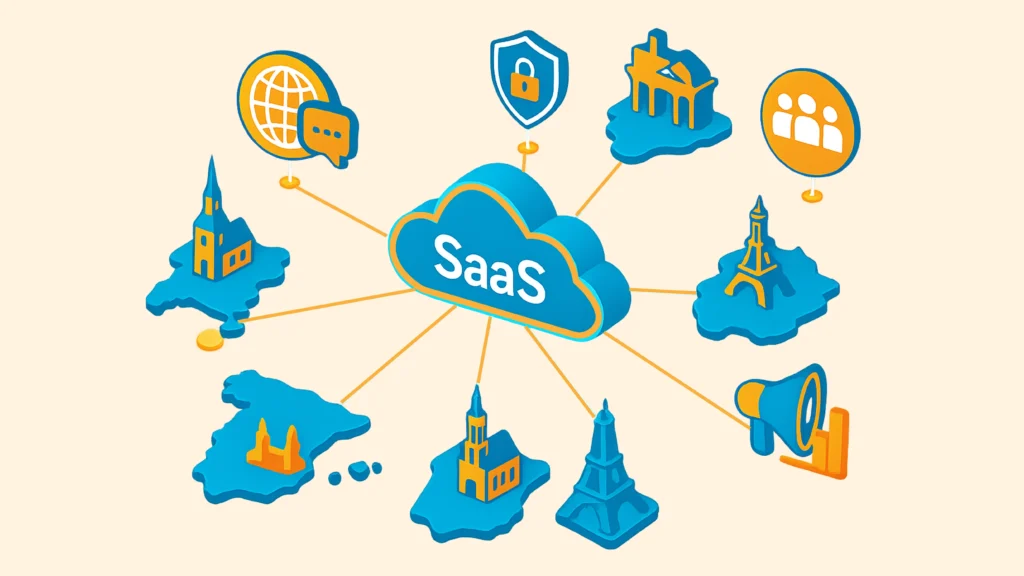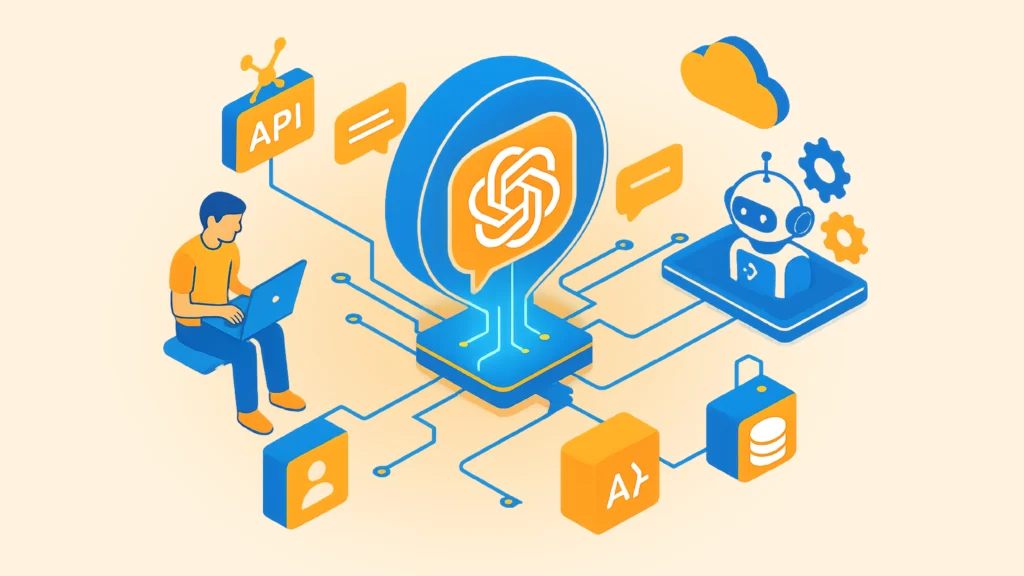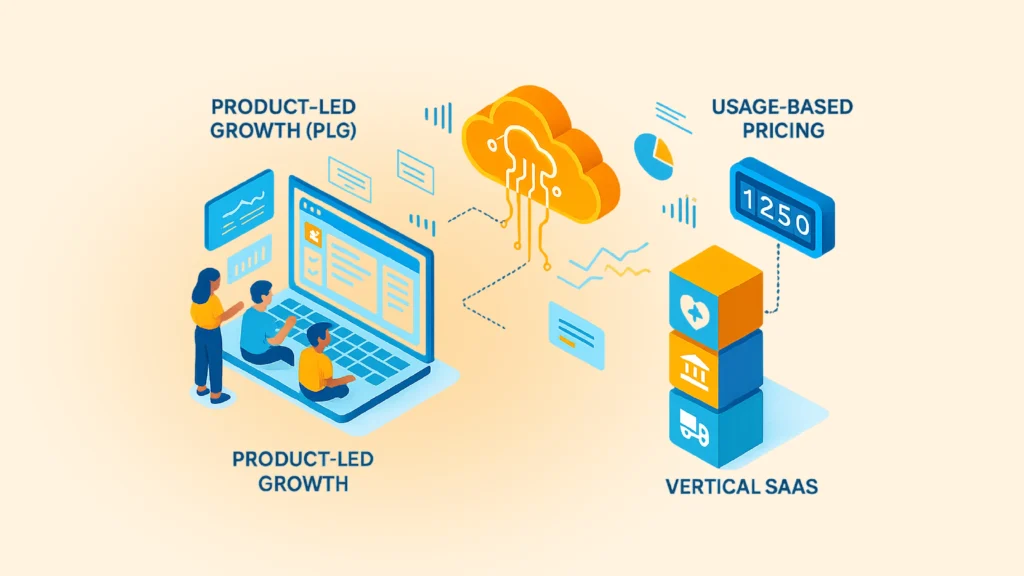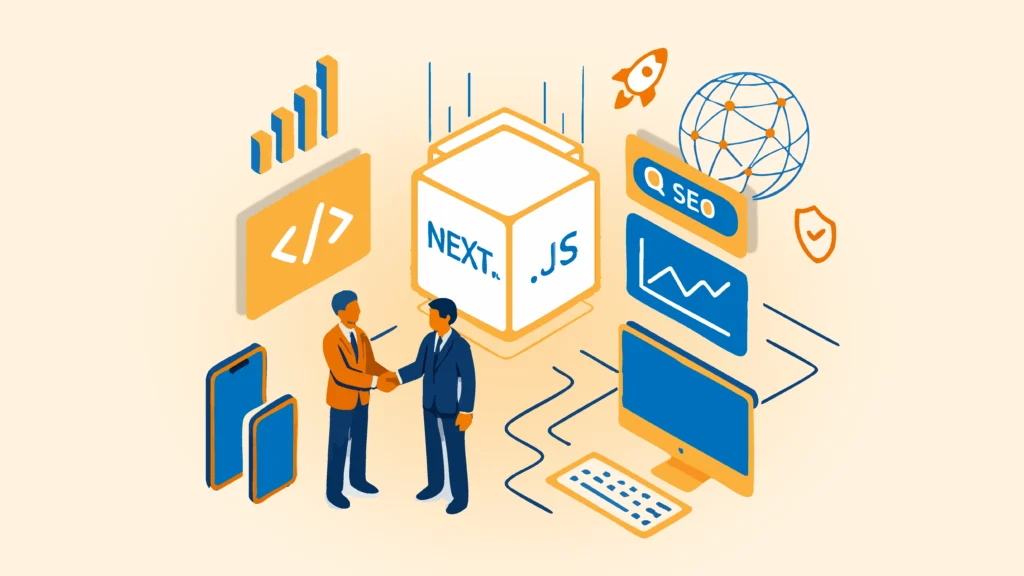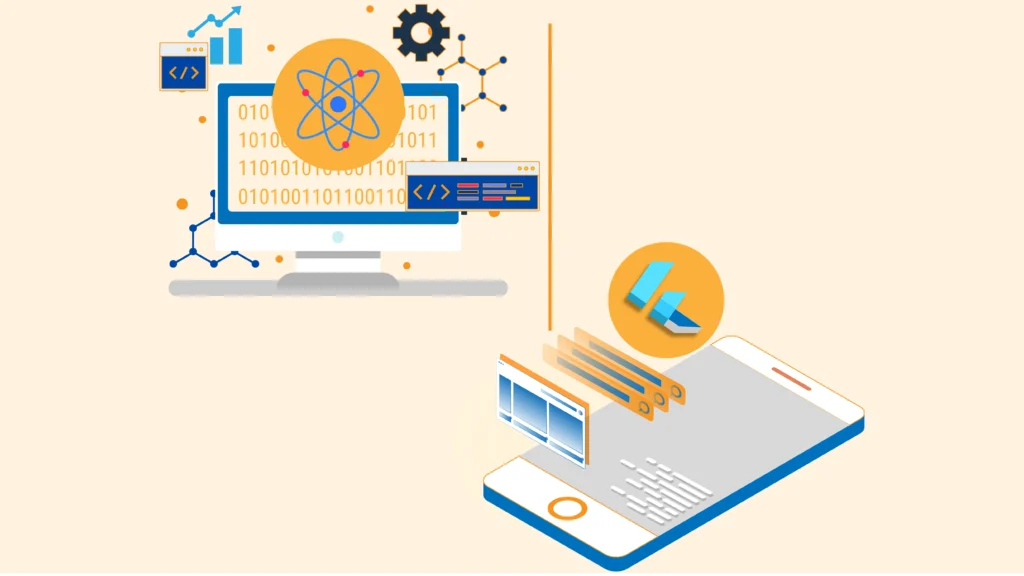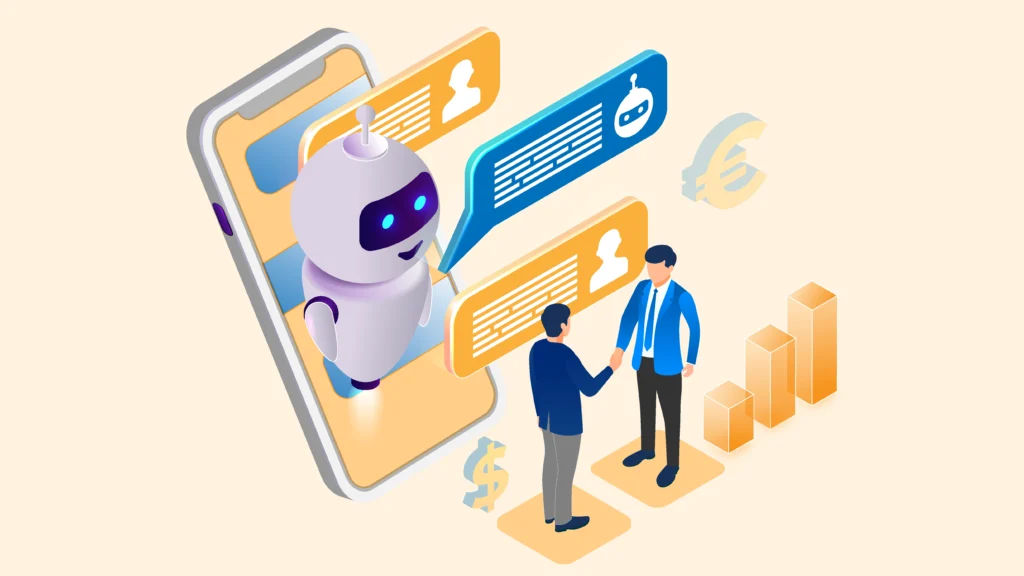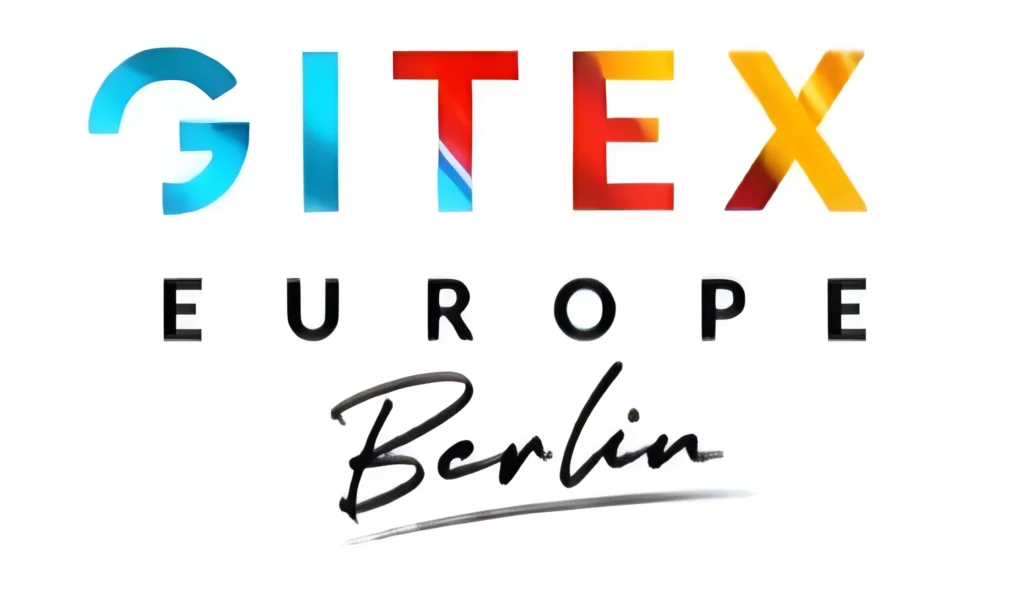Innovative Ways to Use AI in Customer Service: Transforming Experiences in 2025
Innovative Ways to Use AI in Customer Service: Transforming Experiences in 2025
- October 30, 2025
- 14 Mins Read
Introduction
Cutting-Edge AI Applications in Customer Service
Conversational AI: Chatbots and Virtual Assistants
We all have experienced those early chatbots that understood about five commands and crashed when we went off-script. They’ve grown up. These conversational AI handles complex questions, maintains context throughout conversations, and knows when to step aside for a human.
What’s changed isn’t just the technology but the approach. Smart companies aren’t trying to fool customers into thinking they’re talking to humans. Instead, they’re transparent about AI use while making the experience genuinely helpful. Zendesk’s multilingual AI understands cultural nuances across 30+ languages. When a Japanese customer uses polite language, the system recognizes the formality level and responds appropriately rather than giving a tone-deaf literal translation.
Hyper-Personalized Customer Experiences
Generic “Dear Valued Customer” messages don’t work anymore. Customers expect you to know them, not just their purchases, but also how they communicate and what problems they’ve had before.
Nowadays, personalization goes beyond inserting names into templates. Sprinklr’s system notices when subscription customers show warning signs before they cancel. Maybe they’ve visited the pricing page three times this week, or their usage has dropped by 70%. The AI spots these patterns and triggers interventions. Perhaps a personalized offer or check-in from an account manager who already knows exactly what’s happening. It’s like having a sales rep with perfect memory who pays attention to every customer signal.
Automation: Streamlining Routine Tasks
Nobody dreams of spending their day tagging tickets and sorting emails. Yet thousands of customer service agents do exactly that – manually moving information from one box to another instead of actually helping customers.
Hiver’s Harvey doesn’t just automatically assign emails. It learns from how senior agents prioritize during busy periods. During a product outage, it notices that technical questions about that specific feature get priority, and it adjusts automatically. When an established customer writes in, it routes them differently than a prospect. The system keeps learning the unwritten priorities of your specific business and applying them consistently.
AI-Powered Agent Support
Even seasoned support agents sometimes draw a blank. They know they’ve solved this issue before, but can’t remember exactly how, or they’re not sure which knowledge base article has the answer.
IBM’s AI system monitors conversations in real-time, pulling up relevant information as agents need it. When a customer mentions an uncommon error code, the system immediately surfaces solutions. Not generic responses, but specifically what worked the last three times this issue came up. It’s like having instant access to the collective knowledge of your entire support team right when you need it.
Multilingual and Global Support
The internet erased geographical boundaries for business, except in customer service, where language barriers remained stubborn obstacles. Small companies couldn’t afford support teams that covered every language their customers spoke.
Zendesk’s multilingual system doesn’t just translate questions and answers. It understands that German customers typically want more technical details, while Brazilian customers often respond better to a warmer communication style. When an Italian customer writes a long, detailed explanation, the AI doesn’t truncate it to fit a template – it preserves the context while making it accessible to an English-speaking agent who can then respond naturally. The exchange feels natural in both languages rather than awkwardly translated.
Balancing Benefits and Challenges
Transformative Benefits
Implementing AI in customer service delivers concrete results. Most companies see ROI within 3-6 months after proper implementation. The cost efficiency is undeniable – AI handles routine inquiries at a fraction of the cost of traditional support. One retail client reduced their support costs by 30% while handling 50% more inquiries. But focusing only on cost savings misses the bigger picture.
Customer satisfaction scores typically jump 15-25% after AI implementation. Why? Because customers hate waiting. When AI handles simple questions instantly, satisfaction rises even if the interaction isn’t perfect. And when human agents focus on complex issues rather than repetitive tasks, they bring more energy and attention to those conversations. Operational agility is equally important. During unexpected traffic spikes – like when your product gets mentioned on a popular podcast, AI scales instantly while traditional teams would be overwhelmed.
Addressing Challenges
AI bias isn’t theoretical – it’s a practical problem that impacts real customers. One financial services company discovered that its AI was approving credit limit increases more frequently for male customers despite identical qualification criteria. The system had learned this bias from historical approval patterns. Fixing these issues requires diverse training data and regular audits, not just good intentions.
Privacy concerns are becoming more serious now, with GDPR fines reaching up to 4% of global revenue. Companies must think carefully about what customer data their AI systems access and store. Many are adopting “forget me” capabilities that purge customer data after service completion. The employment impact requires honest discussion too. While total job losses haven’t materialized as predicted, job roles are changing. Smart companies invest in retraining programs to help agents develop the skills needed to work alongside AI rather than compete with it.
Customer perception remains a significant hurdle. Many still associate AI with annoying experiences from early, limited systems. Educating customers about specific benefits works better than vague promises about “cutting-edge technology.” Showing them that AI resolves simple issues in seconds while human agents tackle complex problems helps them understand the value proposition.
Transparency builds trust faster than anything else. Companies seeing the best results clearly identify when customers are interacting with AI versus humans. They explain what information the AI uses and give customers easy options to reach humans when needed. Treating AI as a helpful tool rather than a replacement for human connection creates acceptance rather than resistance.
Future Horizons: AI in Customer Service Beyond 2025
The AI we’re using now will look basic compared to what’s coming. Next-gen systems understand context in a way that today’s can’t match. They don’t just read your question – they grasp the situation behind it. These advanced systems maintain conversations that flow naturally, remember details from past interactions without prompting, and respond in ways that feel genuinely thoughtful rather than programmed.
The difference is in how they’re built. Instead of following rigid response patterns, these systems understand the natural flow of human conversation. They pick up on subtle emotional cues, adjust their tone to match the situation, and provide responses that feel appropriate rather than robotic.
Generic AI solutions cannot compete with systems built for specific industries. Healthcare providers now use specialized AI that understands medical terminology and recognizes symptom patterns. These systems identify potentially serious conditions that need immediate attention and handle routine questions efficiently.
Financial service AI simultaneously manages banking questions and scans for fraud patterns. It notices when transaction requests don’t match your typical behavior and flags suspicious activity without disrupting legitimate business. Retail systems understand product catalogs, seasonal trends, and your personal preferences. They recommend alternatives based on your past purchases when items are unavailable. These specialized solutions deliver results that one-size-fits-all approaches simply can’t match.
The balance between AI and human support is changing rapidly. Industry analysts predict AI will independently handle over 80% of customer interactions by 2029. This doesn’t mean eliminating human support – it means focusing human talent where it adds the most value. Routine questions, status updates, and standard transactions will happen without human involvement, often in seconds rather than minutes or hours.
This shift allows support teams to evolve from reactive problem-solvers to proactive relationship builders. Instead of rushing through basic questions, agents focus on more difficult questions and building connections with high-value customers. Support roles are becoming more strategic and technically sophisticated. The most successful companies are those that are evolving into specialized experts who handle the cases that truly benefit from human judgment and empathy.
Why Partner with iQud for AI Solutions
Incorporating AI isn’t something you can do with a gimmicky solution or a weekend code sprint. It requires expertise, careful planning, and ongoing support. That’s where iQud comes in. We build custom solutions designed specifically for your business challenges and customer base. Our development team creates tools that integrate with your existing systems without disrupting operations.
The technology is just one piece of the puzzle. We’ve seen too many companies invest in powerful AI tools that end up unused because teams weren’t properly prepared. Our change management approach ensures your staff understands the benefits and knows how to work effectively alongside AI systems. We provide comprehensive training that builds confidence rather than anxiety.
Implementation isn’t the end of the journey. Customer expectations and technology capabilities evolve rapidly. Our continuous support makes sure your AI solutions grow with your business needs. We monitor performance, gather feedback, and make regular optimizations to keep your systems ahead of the curve. With iQud as your partner, you get both technical expertise and practical guidance throughout your AI evolution journey.
Final Thoughts
The customer service game has changed for good. Consumers today demand instant answers, personalized experiences, and smooth interactions across all channels. Leading companies are strategically blending AI capabilities with human expertise to create experiences that would be impossible with either alone. While implementing these solutions involves real challenges, the potential benefits far outweigh the difficulties when done right.
The companies that thrive in the coming years won’t be those that resist this shift, but those that embrace it thoughtfully and completely. With customer expectations continuing to rise, AI is the price of admission to the future of customer service.

